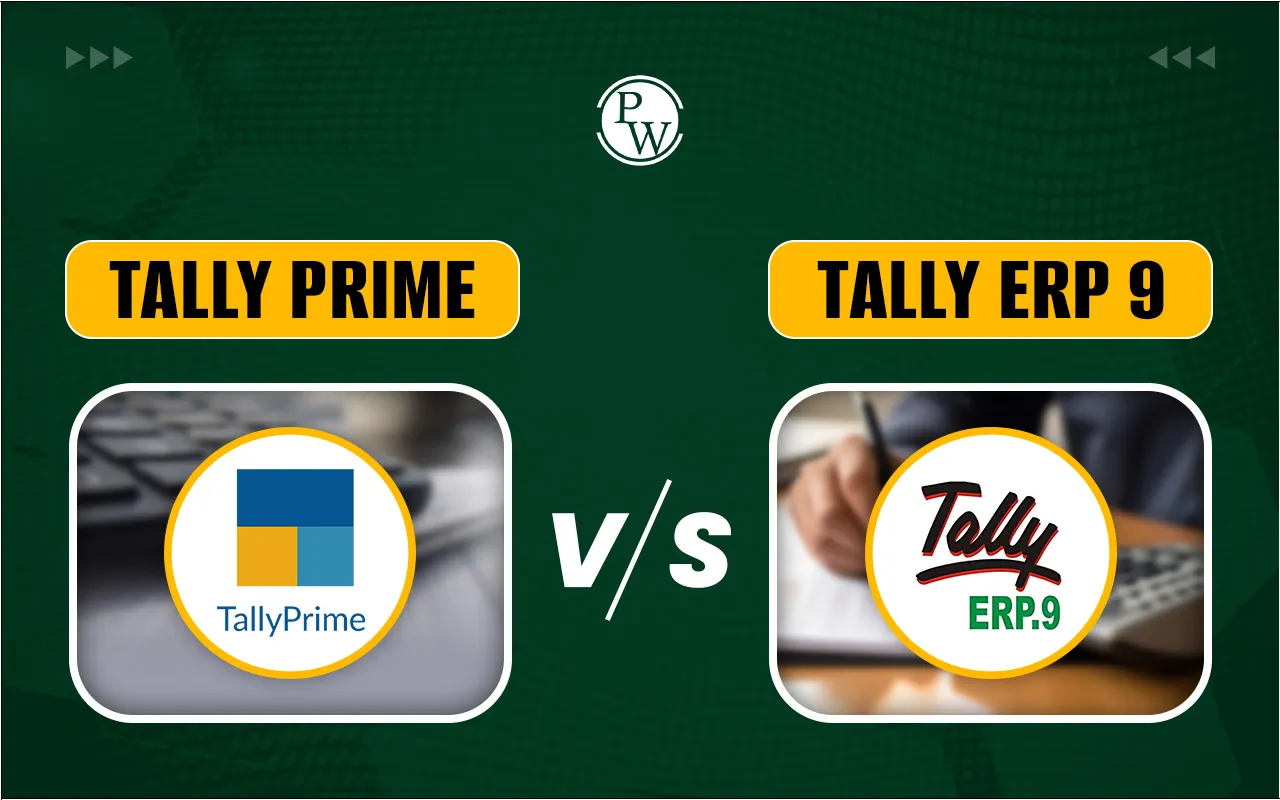
A reverse stock split is a crucial financial strategy that companies use to improve their stock's appeal and maintain compliance with stock exchange regulations. Hera, we will explore the reverse stock split definition, mechanics, benefits, and real-world examples of a reverse stock split, offering insights that can help investors understand this phenomenon better.
What Is Reverse Stock Split?
A reverse stock split is a corporate action in which a company reduces its total number of outstanding shares in the stock market. Unlike a stock split, which increases the number of shares, a reverse stock split consolidates shares based on a predetermined ratio.
For instance, in a 2:1 reverse stock split, shareholders receive one share for every two shares they currently own. This action often results in an increase in the stock price per share, while the overall market capitalization of the company remains unchanged.
The concept can be compared to slicing a cake: while the number of slices changes, the total size of the cake remains the same. This ensures that shareholder value is not affected.
Why Do Companies Opt for a Reverse Stock Split?
There are several strategic reasons for companies to initiate a reverse stock split:
1. Meeting Stock Exchange Requirements
Many stock exchanges, such as the New York Stock Exchange (NYSE), impose a minimum share price requirement. If a company’s stock price falls below this threshold (e.g., $1.00 on the NYSE) for an extended period, the company risks being delisted. By implementing a reverse stock split, the company can boost its stock price and maintain its listing status.
2. Enhancing Brand Image
Stocks trading below $5.00 are often categorized as penny stocks, which are perceived as high-risk and less attractive to institutional investors. A reverse stock split can elevate the stock price above this threshold, improving the company’s image and making it more appealing to a broader range of investors.
3. Adjusting for Spinoffs
When companies spin off divisions or subsidiaries, their stock price can decrease due to the reduced size of the parent company. A reverse stock split helps stabilize the share price and maintain the company’s perceived market value. For example, Hilton Hotels executed a 3:1 reverse stock split following a spinoff to align its stock price with market expectations.
How Does a Reverse Stock Split Work?
The mechanics of a reverse stock split are straightforward but impactful. Let’s break it down step-by-step:
-
Announcement and Ratio Selection: The company announces the reverse stock split and specifies the ratio (e.g., 2:1, 10:1, or 100:1).
-
Reduction in Shares: Shareholders receive a reduced number of shares based on the ratio. For example, if a shareholder owns 100 shares and the ratio is 10:1, they will now own 10 shares.
-
Price Adjustment: The share price increases proportionally to ensure the company’s market capitalization remains unchanged. For instance, if the original share price was $5 and the ratio is 5:1, the new share price becomes $25.
-
Market Continuity: Post-split, trading continues as usual, and the stock’s ticker symbol may temporarily include a suffix (e.g., “ABC-D”) to indicate the corporate action.
Read More - 25 Common Share Market Interview Questions and Answers for Freshers
Reverse Stock Split Example
To better understand this concept, let’s consider an example:
Cathy, an investor, owns 100 shares of ABC Company, each valued at $10, giving her a total investment of $1,000. ABC Company announces a 100:1 reverse stock split. Here’s how Cathy’s investment changes:
Pre-Split:
-
Shares Outstanding: 100,000
-
Share Price: $10
-
Market Capitalization: $1,000,000
Post-Split:
-
Shares Outstanding: 1,000 (100,000 / 100)
-
Share Price: $1,000 ($1,000,000 / 1,000)
-
Cathy’s New Shares: 1 (100 / 100)
Cathy’s Investment Value: $1,000 (unchanged)
This example demonstrates that while the number of shares and price per share change, the total value of an investor’s holdings remains constant.
Read More - Basic Stock Market Terminology for Beginners
Reverse Stock Split Benefits
The following are some reverse stock split benefits:
1. Improved Market Perception
A higher share price resulting from a reverse stock split often improves the perception of the stock among investors and analysts, making it more competitive in the market.
2. Increased Accessibility to Institutional Investors
Many institutional investors and mutual funds have policies against investing in penny stocks. A reverse stock split can help a company’s shares qualify for inclusion in such investment portfolios.
3. Compliance with Exchange Regulations
By boosting the share price above the minimum threshold, companies can avoid the risk of being delisted from major stock exchanges.
4. Enhanced Liquidity
A higher stock price can attract more investors, potentially increasing trading volumes and liquidity over time.
Reverse Stock Split Calculator
To calculate the impact of a reverse stock split on your holdings:
Input the Pre-Split Details:
-
Total Shares Owned
-
Share Price
-
Split Ratio (e.g., 10:1)
Determine Post-Split Shares: Divide the total shares owned by the split ratio.
Calculate Post-Split Share Price: Multiply the pre-split share price by the split ratio.
Numerous online tools, referred to as reverse stock split calculators, can simplify this process and provide instant results.
Journal Entries for a Reverse Stock Split
Accounting for a reverse stock split involves minimal changes:
-
Memorandum Entry: A note is made to reflect the reduction in the number of shares outstanding.
-
No Changes to Equity Line Items: Since the total value of shareholders’ equity remains the same, no debit or credit entries are required.
A reverse stock split is a strategic tool companies use to manage their share prices and market perception. While it doesn’t alter the fundamental value of the company or shareholders’ investments, it can significantly impact how the stock is viewed in the market. By understanding the mechanics, benefits, and implications of this action, investors can make informed decisions about their portfolios.
Gain Stock Market Knowledge with PW Stock Market Courses
If you’re eager to deepen your understanding of stock market strategies, including actions like reverse stock splits, check out PW Stock Market Courses. Designed by industry experts, these courses provide comprehensive insights and practical skills to excel in the financial markets. Empower your career today!
FAQ
What is a reverse stock split?
Can you provide a reverse stock split example?
How does a reverse stock split affect market capitalization?
What are the benefits of a reverse stock split?
Where can I calculate the impact of a reverse stock split?










